Losing their sight doesn’t mean your dog loses their playful spirit. In fact, it becomes even more crucial to stimulate their other senses to keep them engaged, happy, and confident. This guide, specifically tailored for dog owners in the UK, explores the best sensory toys for blind dogs, focusing on auditory, olfactory, and tactile stimulation. We’ll delve into why these toys are essential and showcase some fantastic options readily available in the UK market to make life as fulfilling as possible for your beloved companion.
Why Sensory Toys are Crucial for Blind Dogs
Sight is a primary sense for dogs, but when it’s gone, their other senses heighten. Sensory toys capitalize on this heightened awareness, providing mental and physical enrichment. These toys can:
- Reduce Anxiety and Boredom: Engaging toys prevent boredom-related destructive behaviours and alleviate anxiety caused by their disability.
- Boost Confidence: Successfully interacting with toys helps build confidence in their ability to navigate their surroundings.
- Strengthen the Bond: Playing together with sensory toys strengthens the bond between you and your dog.
- Maintain Cognitive Function: Mental stimulation is vital for cognitive health, especially as dogs age.
Key Sensory Considerations for Blind Dogs
When selecting toys, focus on the following sensory aspects:
- Auditory: Toys with distinct sounds like squeaks, bells, crinkles, or even recorded sounds are excellent for attracting attention and guiding your dog.
- Olfactory: Scented toys or toys that can hold treats engage your dog’s strong sense of smell, encouraging exploration and problem-solving.
- Tactile: Varying textures like soft plush, durable rubber, or crinkly fabrics provide tactile stimulation, making the toy more interesting to interact with.
Top Sensory Toy Recommendations for Blind Dogs in the UK
Here’s a curated list of sensory toys suitable for blind dogs available in the UK, categorized by their primary sensory appeal:
1. Interactive Puzzle Toys:
These toys challenge your dog mentally, encouraging them to use their nose and paws to uncover hidden treats. Look for puzzles with strong scents and varied textures.
Consider the Outward Hound Dog Brick Puzzle Toy. The different compartments and actions required to reveal the treats will challenge your dog’s problem-solving skills and keep them entertained. It combines both tactile and olfactory stimulation. This interactive toy encourages your dog to flip, find, and slide to reveal hidden treats. The challenge helps occupy anxious dogs and prevents destructive behaviors caused by boredom.
2. Snuffle Mats:
Snuffle mats are fabric mats with many nooks and crannies where you can hide treats or kibble. They encourage natural foraging behaviour, stimulating your dog’s sense of smell.
The PAWZ Road Snuffle Mat for Dogs available on Amazon UK, is a popular choice. This mat will encourage nose work and challenge your blind dog to work for those treats. The varying textures of the fleece strips add tactile interest.
3. Sensory Balls:
These balls incorporate multiple sensory elements, such as sounds, scents, and textures.
The SPOT Ethical Pets Sensory Ball is a good option due to its bells, squeakers, beef scent, and multiple textures. This toy offers a multi-sensory experience that blind dogs will find especially appealing.
4. Scented Toys:
Toys infused with appealing scents like bacon or peanut butter can be incredibly engaging for blind dogs, encouraging them to play and explore.
Consider the Hartz Bacon Scented Ball. The enticing bacon scent can be used to train your blind dog to play fetch.
5. Sound Toys:
Toys that make noise, such as squeaky toys, crinkle toys, or toys that play recorded sounds, are excellent for capturing your dog’s attention and helping them locate the toy.
The Electronic Sound Cat Toy will appeal to both dogs and cats. Blind dogs will enjoy chasing after these noisy little critters, as the sounds will make it easy for them to find.
6. Interactive Balls with Sounds:
Balls that make noises when touched or moved can provide hours of entertainment for blind dogs.
The Babble Ball Interactive Dog Toy makes barnyard and jungle sounds when touched, providing endless entertainment for your furry friend.
Another great option is the Wobble Wag Giggle Ball. The giggling noises from an internal tube noisemaker entice your pup as the toy rolls around!
7. Treat Dispensing Toys:
These toys combine mental stimulation with a tasty reward, keeping your dog engaged and motivated.
The Bob-A-Lot Interactive Dog Toy exercises and feeds your dog at the same time. The weighted anti-slip bottom makes the toy wobble erratically enticing your dog to play.
Tips for Introducing Sensory Toys
- Start Slowly: Introduce one new toy at a time, allowing your dog to explore it at their own pace.
- Use Positive Reinforcement: Reward your dog with praise and treats when they interact with the toy.
- Supervise Play: Always supervise your dog when they are playing with a new toy to ensure their safety.
- Create a Safe Play Area: Ensure the play area is free of obstacles and hazards.
- Be Patient: It may take some time for your dog to adjust to playing with sensory toys. Be patient and encouraging, and they will eventually learn to love them.
Creating a Stimulating Environment for Your Blind Dog in the UK
Beyond toys, here are some additional tips for creating a stimulating and safe environment for your blind dog in the UK:
- Maintain Consistency: Keep furniture and belongings in the same place to help your dog navigate their surroundings easily.
- Use Scent Markers: Place scented markers (e.g., essential oils) in key areas like doorways or food bowls to help your dog orient themselves.
- Verbal Cues: Use clear and consistent verbal cues to guide your dog, such as “step up,” “curb,” or “left.”
- Harness and Lead: Use a harness and lead for walks, providing gentle guidance and preventing them from bumping into obstacles.
- Regular Vet Checks: Ensure your dog has regular veterinary check-ups to monitor their overall health and address any potential issues.
Conclusion
Providing sensory toys for your blind dog is an essential part of ensuring they live a happy, fulfilling life. By focusing on auditory, olfactory, and tactile stimulation, you can help them overcome the challenges of vision loss and thrive in their environment. With the wide range of sensory toys available in the UK, you can create a stimulating and enriching experience for your beloved companion. Remember to introduce toys gradually, supervise play, and create a safe and consistent environment. With patience and understanding, you can help your blind dog live their best life.

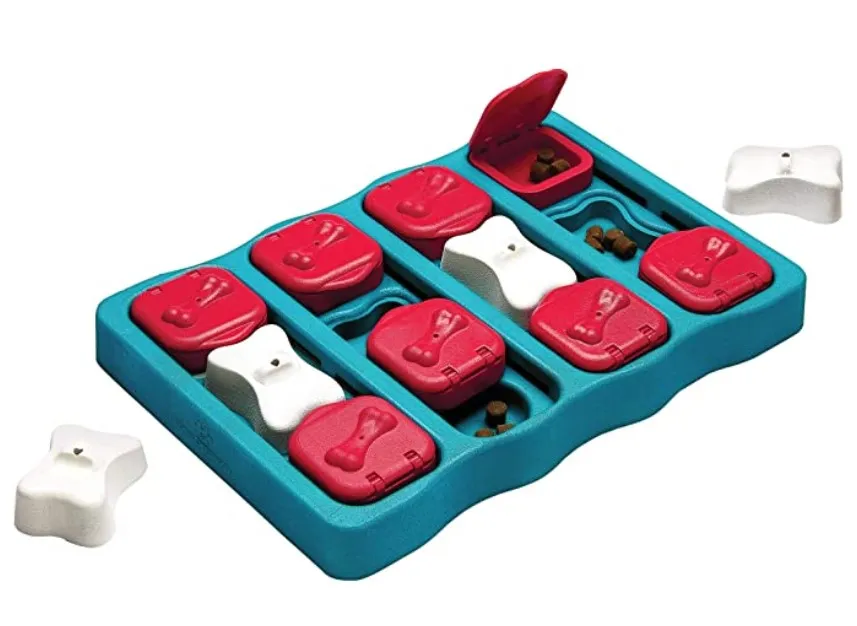
 snuffle mat
snuffle mat sensory ball
sensory ball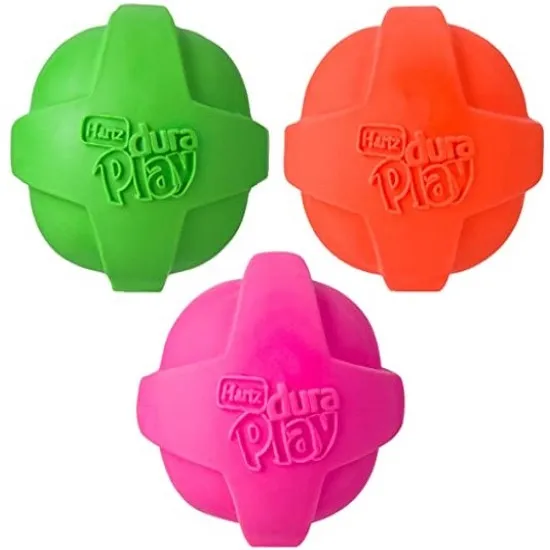 bacon ball
bacon ball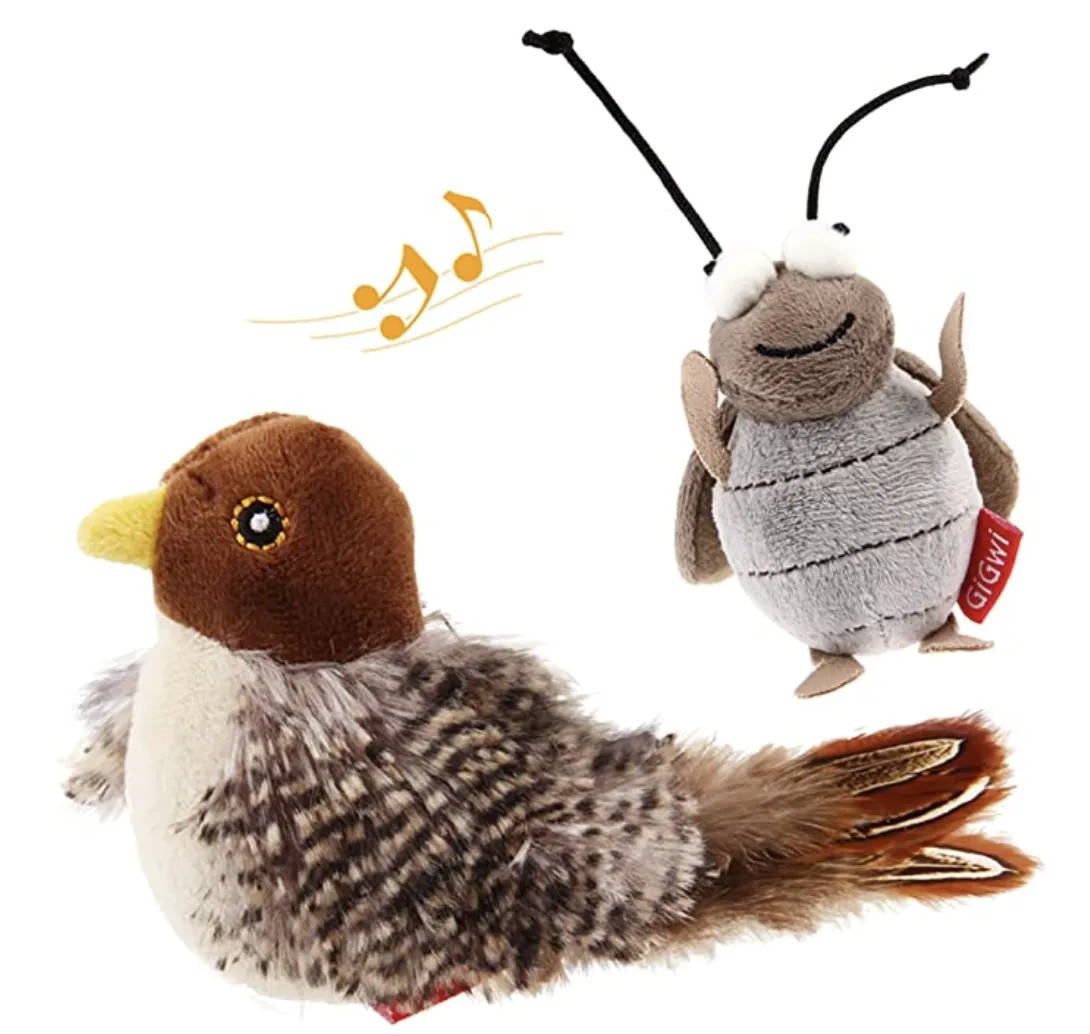 chirping toy
chirping toy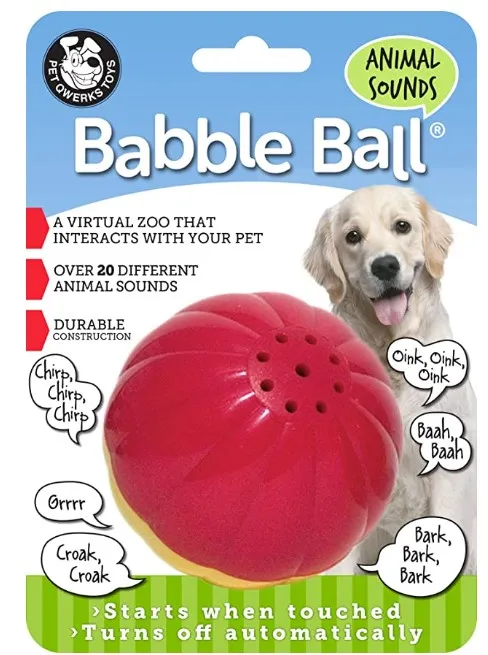 babble ball
babble ball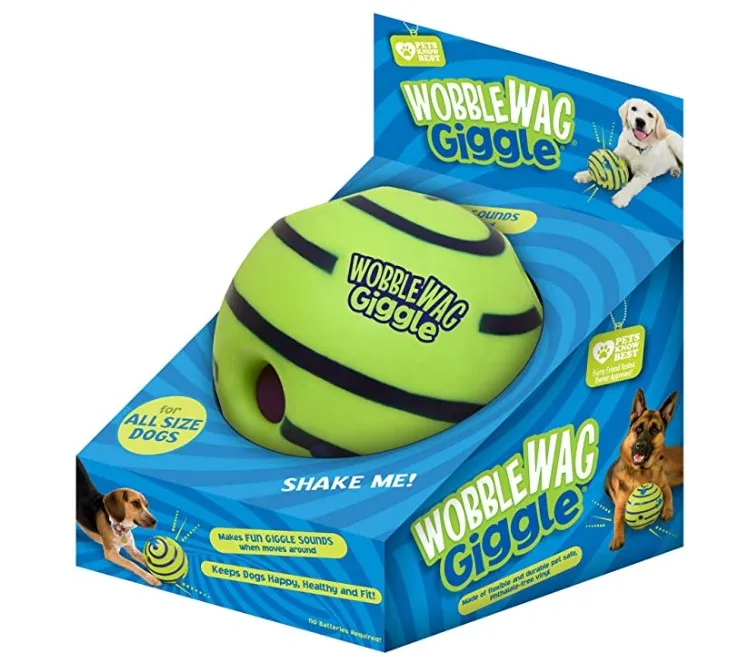 wobble ball
wobble ball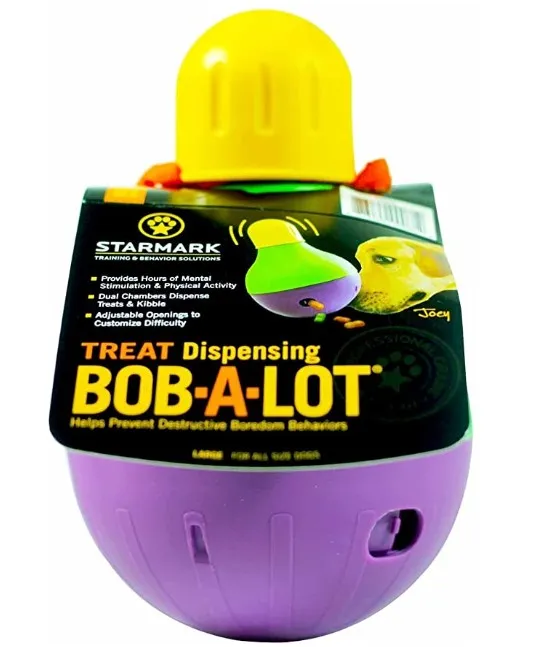 Bob-A-Lot
Bob-A-Lot